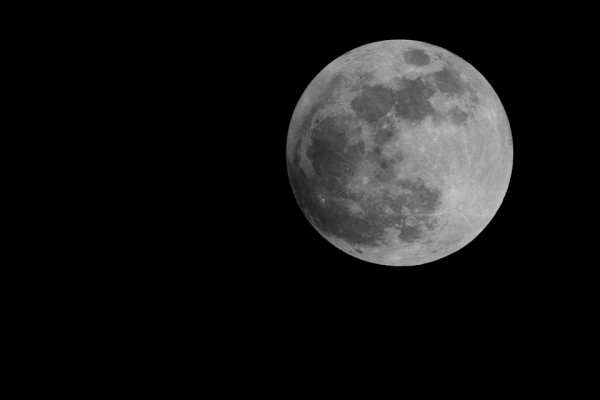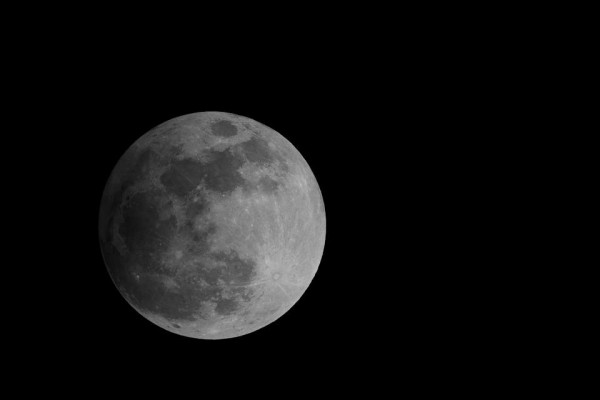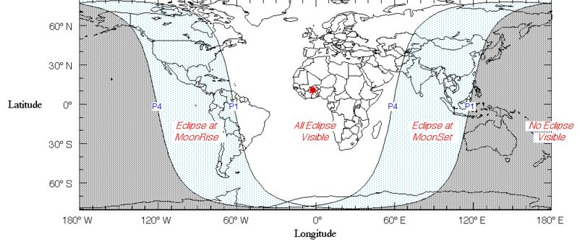The full moon on Friday night and into Saturday morning – the night of October 18-19, 2013 – will undergo a subtle lunar eclipse. It’ll be the last lunar eclipse of 2013. This is a special moon for us anyway, in the Northern Hemisphere: it’s the Hunter’s Moon. This penumbral lunar eclipse is not as striking as a total, or even partial, eclipse of the moon. But very observant people, and/or photographers, might be able to see or capture it.
Be forewarned. The moon will not dip into the Earth’s dark umbral shadow during this eclipse. At no time will it appear as if a dark bite has been taken from the moon. At best, the penumbral eclipse may be seen as a shading of the moon’s southern limb. This is a relatively deep penumbral eclipse, however, with 76% of the moon shaded by the Earth’s penumbral shadow at mid-eclipse.
Date of Eclipse: October 18-19, 2013
Penumbral Eclipse Begins: 21:51 UTC
Greatest Eclipse: 23:50 UTC
Penumbral Eclipse Ends: 01:50 UTC



You’re more likely to see the eclipse from Europe or Africa than from North America. As seen from the eastern part of North America, the moon’s disk will already be partially covered over by the Earth’s faint penumbral shadow when this full moon rises in the east at dusk on Friday. For us in the U.S, even as the eclipse is happening, you’ll be seeing the moon low in the sky, peering at it through more atmosphere than when the moon is overhead. Thus this very subtle penumbral lunar eclipse might not even be noticeable.
From Europe and Africa, the penumbral eclipse takes place at late night (instead of evening or morning twilight). It’ll be easier to notice the eclipse from there, because the moon will be high in the sky as the eclipse is taking place.
For the most of Asia, the moon will be in eclipse as its sets at sunrise on Saturday, October 19. Same problem there as in the U.S.: you’ll be looking at the moon through a greater thickness of Earth’s atmosphere than if the moon were overhead.
Mid-eclipse is at 23:50 UTC (7:50 p.m. EDT). That’s when the greatest coverage of the moon by Earth’s penumbral shadow will occur, and it’s when you’re most likely to recognize that something strange is happening on the moon.


A penumbral eclipse is a very, very subtle kind of eclipse. Will it be noticeable to you? Look and see!
The next easily visible eclipse will be April 15, 2014, seen as either a total or partial eclipse from Australia and eastern Asia across the Pacific to North and South America.
Bottom line: The Hunter’s Moon – a full moon – on the night of October 18-19, 2013 will undergo a subtle kind of eclipse called a penumbral eclipse. At no time will it appear as if a dark bite has been taken from the moon. At mid-eclipse, around 23:51 UTC (7:51 EDT), the moon will appear as if it has a subtle shading draw across it.

Read more from eclipse master Fred Espenak
Everything you need to know: Hunter’s Moon 2013
Photos from friends: Penumbral eclipse of moon November 28, 2012











